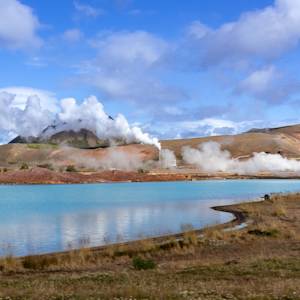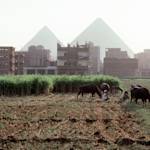High density grazing in South Africa
2020 CE • Reitz, Free State, South Africa
"What we are doing is trying to mimic nature . . . 200 years ago, huge herds of animals would have moved over this veld, avoiding predators in their tightly packed groups. Slabbert says he has rejuvenated the land by drastically increasing his cattle herd. He hems the animals into a rectangular patch of grassland with a low-current wire. For several hours, they eat all of the grasses they can find before the wire lifts, and the cattle rapidly move into a new section. They are always moving, never selectively eating, just like a migratory herd. The method is called ultra-high density grazing. "These cattle are replenishing the land," Slabbert says."
David McKenzie and Brent Swails, “How Regenerative Agriculture Could Help Save the Planet,” CNN, July 7, 2020.
Image: Africa_Sustainable Grazing_via snappy goat


Learn about Maya Lin’s fifth and final memorial: a multi-platform science based artwork that presents an ecological history of our world - past, present, and future.

Discover ecological histories and stories of former abundance, loss, and recovery on the map of memory.

Learn how we can reduce our emissions and protect and restore species and habitats – around the world.

See how art can help us rethink the problems we face, and give us hope that each one of us can make a difference.

Help make a global memorial something personal and close to home. Share your stories of the natural world.


